Turquoise seas, sun-kissed beaches, and palms swaying in the breeze greet visitors in Southeast Asia’s island paradises. Thailand and the Philippines are consistently among the top global tropical destinations, both with outstanding seafront activities that greet millions of visitors annually.
But beneath their similar tropical beauty lie varying factors that create distinctly different holiday experiences. Here are 20 striking contrasts between the Philippines and Thailand islands that make it a wonderful dilemma to choose between them.
Geographic Scale
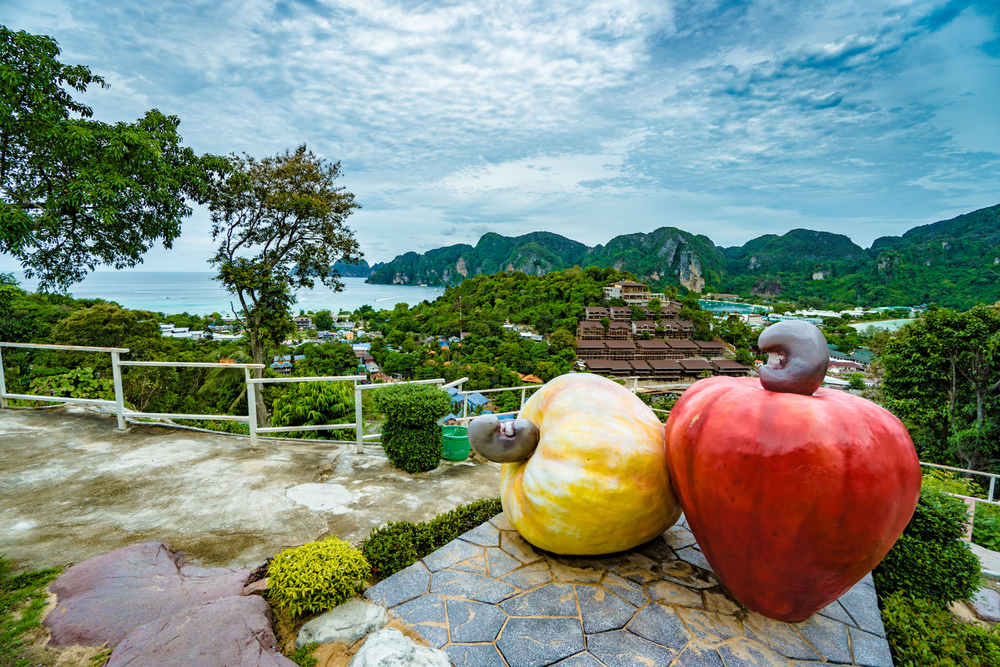
Thailand concentrates its main island destinations in two compact regions – the Andaman Sea (including Phuket, Phi Phi, and Koh Lanta) and the Gulf of Thailand (featuring Koh Samui, Koh Phangan, and Koh Tao). This relatively contained geography means travelers can experience multiple islands during a single visit without extensive travel time.
The Philippines sprawls across more than 7,600 islands spread over a vast archipelago, with significant distances between major island groups like Palawan, Cebu, Bohol, and Siargao, requiring domestic flights or lengthy ferry journeys to experience different regions.
Infrastructure Development
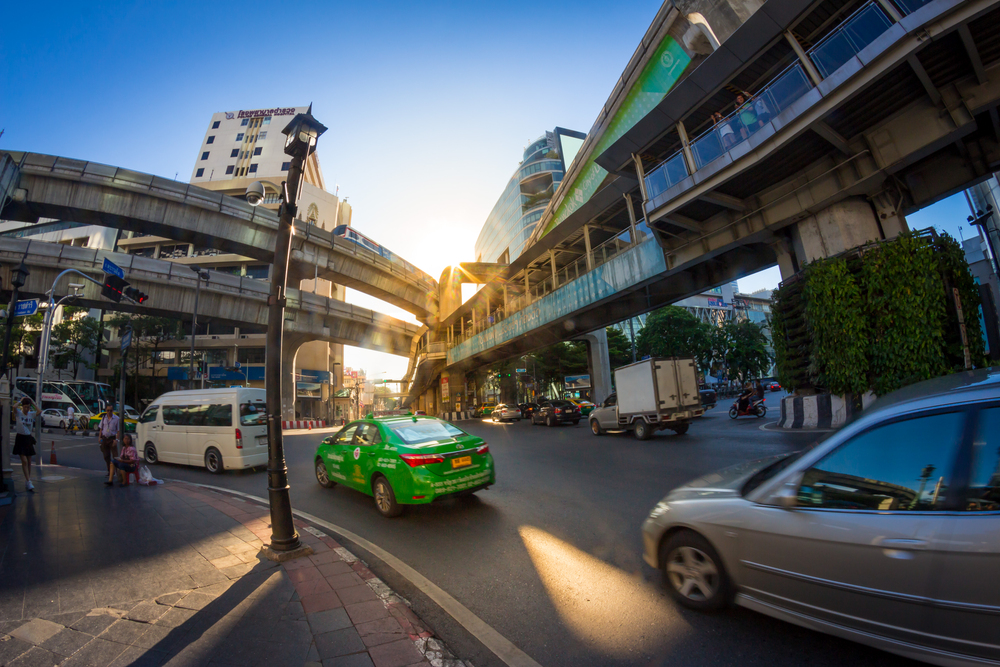
Thailand’s major islands benefit from decades of tourism development, resulting in reliable electricity, good road networks, modern medical facilities, and consistent telecommunications that create a safety net for travelers. Most popular Thai islands feature infrastructure comparable to mainland standards.
The Philippines presents more variable infrastructure – from well-developed Boracay and parts of Cebu to remote islands where electricity runs on generators for limited hours, internet connections prove inconsistent, and medical care requires evacuation to major cities, creating a spectrum from comfortable to adventurous conditions.
Like Travel Pug’s content? Follow us on MSN.
Marine Biodiversity

The Philippines sits within the Coral Triangle, the global epicenter of marine biodiversity, harboring more species of coral, fish, and aquatic invertebrates than anywhere else on Earth. Areas like Tubbataha Reef, Apo Reef, and Anilao offer underwater experiences featuring unique critters, remarkable coral coverage, and exceptional marine life density.
Thailand’s underwater world, while beautiful, contains significantly fewer marine species and generally less pristine coral reef systems, with areas like the Similan Islands and Koh Tao representing the highlights but featuring less remarkable biodiversity than Philippine dive sites.
Culinary Experiences

Thailand’s islands showcase one of the world’s most celebrated cuisines, with distinctive southern Thai specialties featuring fresh seafood, fiery curries, and complex flavor profiles accessible even on smaller islands. The established food culture extends from street stalls to high-end restaurants, creating consistent quality across price points.
Philippine island cuisine receives less international recognition despite delicious regional specialties, with Spanish and American influences creating distinct dishes like lechon (roast pig) and adobo. Remote islands sometimes offer limited food variety, focusing primarily on grilled seafood and simple preparations.
Beach Characteristics
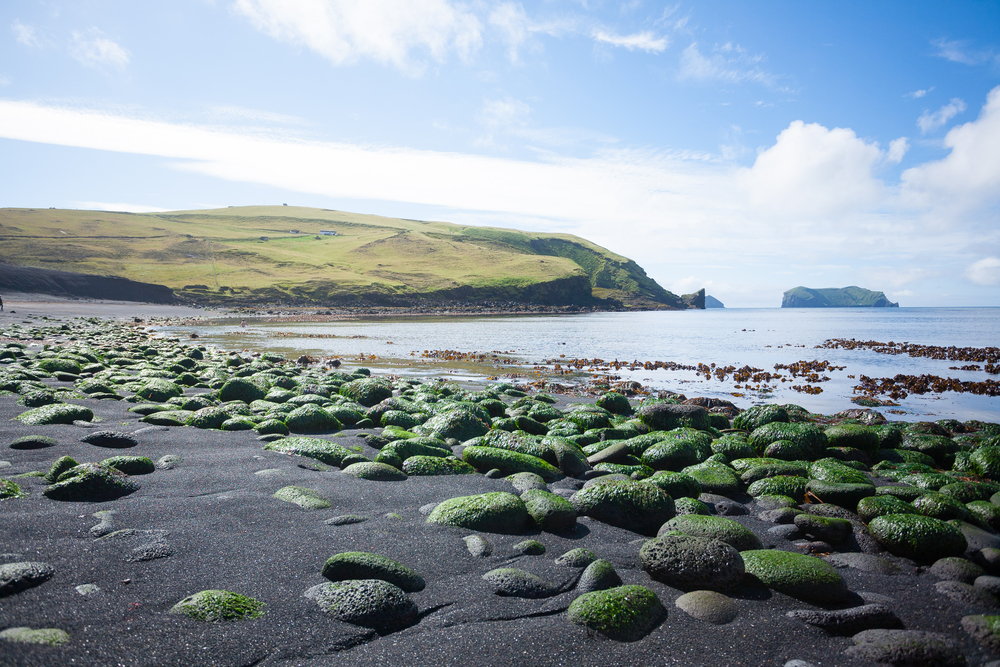
Thailand’s beaches typically feature more developed surroundings with rows of restaurants, massage pavilions, and beach bars, creating lively social environments with amenities within steps of the sand. The scene blends natural beauty with convenient services.
The Philippines offers more pristine, undeveloped beaches where stretches of perfect white sand remain flanked by native vegetation rather than commercial establishments. Island municipalities generally enforce stricter setback requirements, keeping development further from the waterline and creating more natural-feeling beach environments even in popular areas.
Like Travel Pug’s content? Follow us on MSN.
Transportation Logistics

Thailand provides straightforward island-hopping with efficient ferry networks, clear timetables, ticket booking systems, and relatively predictable schedules connecting the most popular islands, particularly within the same region. The transportation infrastructure caters extensively to tourists with English signage and established routes.
The Philippines requires more complex transportation planning with inconsistent ferry schedules, smaller boats between minor islands, and greater reliance on domestic flights between major destinations. Weather disruptions more significantly impact Philippine travel plans as smaller boats cannot operate in moderate swells that larger Thai ferries handle routinely.
Cultural Experiences

Thailand’s islands largely share mainstream Thai Buddhist culture with some influence from southern Muslim traditions, featuring ornate temples, spirit houses, and distinctive ceremonies. While beautiful, these islands generally offer less cultural diversity than mainland Thailand, with tourism somewhat diluting traditional island life.
The Philippines presents remarkable cultural variety across its archipelago, with Spanish colonial heritage, indigenous traditions, and regional festivals that create distinctive local cultures on different islands. Religious processions, barangay fiestas, and community celebrations provide more opportunities to experience authentic island culture integrated with daily life.
Nightlife Options

Thailand established itself as a nightlife destination decades ago, with islands like Koh Phangan (home of the famous Full Moon Party) and parts of Phuket featuring world-renowned party scenes with international DJs, elaborate beach clubs, and entertainment continuing until dawn in designated areas.
The Philippines offers more subdued nightlife on most islands, with exceptions like Boracay providing lively but generally smaller-scale evening entertainment. Most Philippine islands focus on sunset beach bars and low-key gatherings rather than major party destinations, creating distinctly different evening atmospheres.
Like Travel Pug’s content? Follow us on MSN.
Language Accessibility

Thailand presents more significant language barriers for English speakers, with English proficiency varying widely among tourism workers and limited to more remote locations. Thai script remains incomprehensible to most visitors, making navigation more challenging without translation assistance.
The Philippines offers exceptional English accessibility as one of Asia’s most English-proficient countries where the language serves as an official medium of instruction. Even in remote areas, basic English communication remains possible, allowing deeper interactions with locals and easier independent travel throughout the archipelago.
Value Propositions

Thailand generally offers better value in mid-range and luxury segments, with established tourism competition creating excellent price-to-quality ratios for upscale resorts, boutique hotels, and refined dining experiences that often cost substantially less than Western equivalents.
The Philippines typically provides better budget travel value, particularly in less developed regions where simple beachfront accommodations, fresh seafood meals, and local transportation come at remarkably low prices. However, reaching remote Philippine islands often requires additional transportation costs that partially offset these savings.
Distinctive Marine Experiences

The Philippines offers unique marine wildlife encounters like swimming with whale sharks in Donsol or Oslob, witnessing sardine runs in Moalboal, diving with thresher sharks in Malapascua, or exploring the remarkable biodiversity of Verde Island Passage.
These specialized experiences attract marine enthusiasts seeking specific wildlife interactions. Thailand counters with superior snorkeling accessibility where shallow reefs often lie just offshore from popular beaches, allowing casual swimmers to experience vibrant marine environments without boat trips or specialized equipment – ideal for families and less confident swimmers.
Like Travel Pug’s content? Follow us on MSN.
Weather Patterns
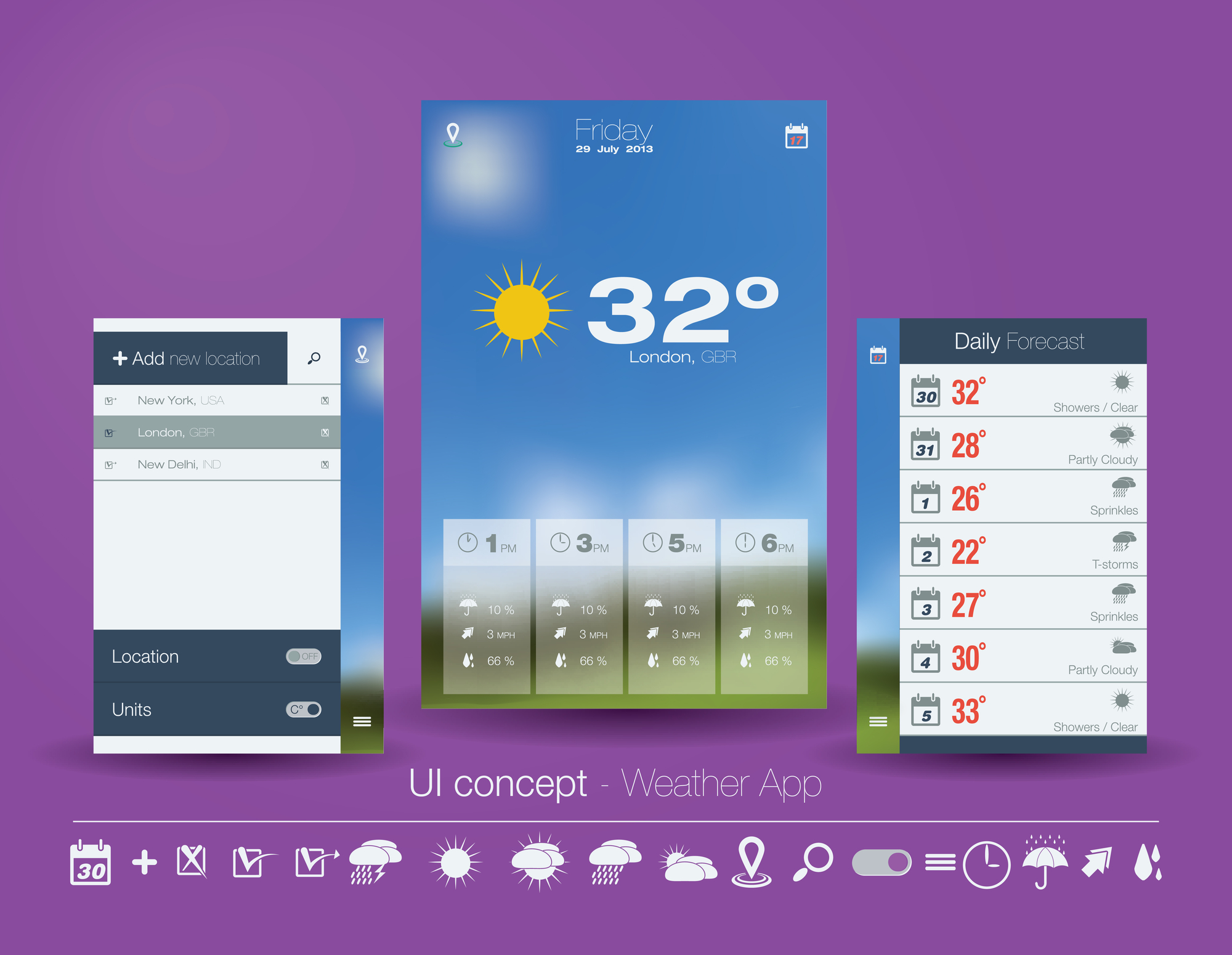
Thailand’s major island regions experience opposite monsoon patterns. When the Andaman coast faces the rainy season (roughly May-October), the Gulf islands enjoy better weather, and vice versa, allowing year-round island visits by choosing appropriate regions for each season.
The Philippines experiences more complicated weather, with typhoon seasons affecting different island groups at various times and fewer clear-cut regional distinctions, making weather planning more complex. However, shoulder seasons offer excellent conditions in many areas with fewer crowds.
Island Aesthetics
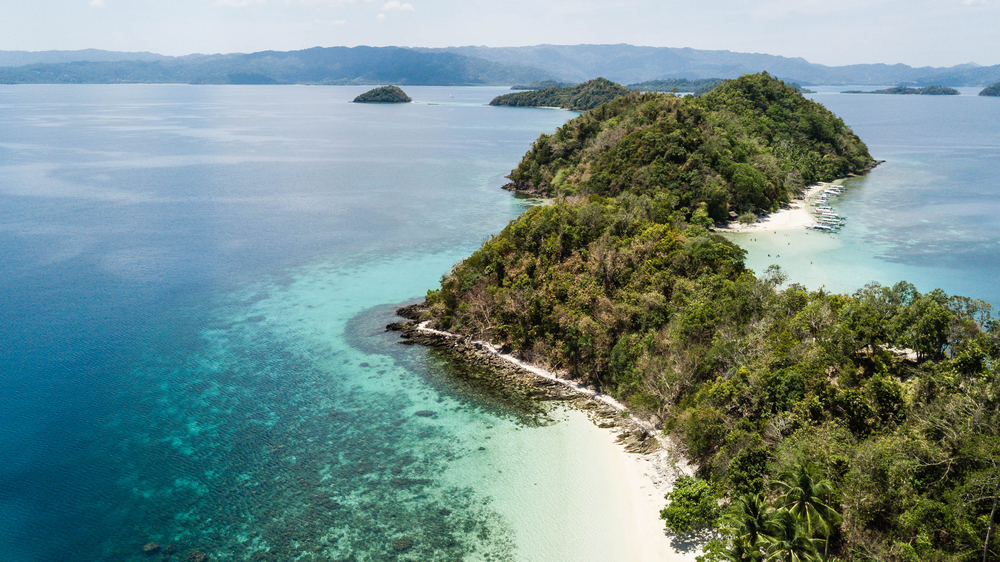
Thailand features distinctive limestone karst formations dramatically rising from turquoise water, particularly around Krabi, Phi Phi, and Phang Nga Bay, creating the iconic seascapes that define tropical paradise in countless films and photographs. These dramatic rock formations provide instantly recognizable scenery.
The Philippines showcases greater landscape diversity from the jagged limestone formations of El Nido and Coron to perfect sand cays, volcanic landscapes, rolling chocolate-colored hills (Bohol’s Chocolate Hills), and lush jungle-covered mountainous islands, offering more varied island aesthetics rather than one dominant landscape type.
Luxury Options

Thailand established itself as a luxury destination decades ago, developing world-class five-star resorts with international standards on islands like Koh Samui and Phuket, where exclusive pool villas, acclaimed spas, and gourmet restaurants create genuine luxury experiences.
The Philippines has developed high-end options more recently and selectively, with luxury concentrated in specific enclaves like Boracay, parts of Palawan, and Bohol; this has left many islands without true luxury accommodations, creating fewer options for travelers seeking consistent high-end experiences across multiple islands.
Like Travel Pug’s content? Follow us on MSN.
Crowd Management

Thailand faces significant over-tourism challenges on its most popular islands, with beaches like Maya Bay (made famous in the film ‘The Beach’) requiring periodic closure to recover from environmental damage. Peak season brings substantial crowds to the most accessible Thai islands.
The Philippines, despite growing tourism, still offers numerous uncrowded alternatives where visitors can find pristine beaches without mass tourism, particularly in less accessible regions like Batanes, Romblon, or Dinagat Islands, where limited transportation and infrastructure naturally restrict visitor numbers.
Wellness Traditions

Thailand embraces wellness as central to its tourism offering, with traditional Thai massage, extensive spa facilities, meditation retreats, and yoga centers established on the most popular islands. The wellness infrastructure draws travelers specifically seeking health-focused vacations with trained practitioners widely available.
The Philippines offers emerging wellness options but with less established traditions specifically tied to tourism. Instead, natural healing traditions remain more integrated with local communities rather than packaged specifically for visitors, though dedicated wellness resorts have developed in locations like Palawan and Negros.
Island Specialization

Thailand’s islands often develop distinctive identities catering to specific markets – Koh Phangan for parties, Koh Tao for diving education, and Koh Lanta for families – creating clearly defined experiences where visitors can easily choose islands matching their preferences.
The Philippines maintains less rigid island specialization, with most destinations offering more blended experiences combining beaches, diving, cultural interactions, and adventure activities rather than focusing primarily on single aspects, requiring more research to find the ideal match for specific interests.
Like Travel Pug’s content? Follow us on MSN.
Authentication Processes

Thailand streamlines tourist experiences with efficient arrival procedures at major airports, pre-arranged transportation to islands, and well-established tourism services that minimize administrative hassles for visitors. The country’s decades of mass tourism have created systems that process visitors efficiently.
The Philippines involves more complex authentication requirements, including potentially providing onward travel documentation, hotel confirmations for immigration, and more frequent identity verification throughout travel between islands, creating additional logistical layers. However, entry processes have improved significantly at major international gateways.
Adventure Accessibility

The Philippines offers superior adventure travel opportunities with world-class caving systems in Sagada, volcano trekking on islands like Camiguin, jungle waterfall treks in Cebu, and remarkable cliff-jumping locations in Boracay and Siquijor, all alongside marine adventures. The mountainous nature of many Filipino islands creates diverse adventure opportunities within short distances from beaches.
Thailand presents more limited terrestrial adventures on its islands, with fewer dramatic elevation changes and interior landscapes. However, excellent rock climbing in Railay and hiking opportunities in places like Koh Chang provide notable exceptions.
Local Interaction Styles
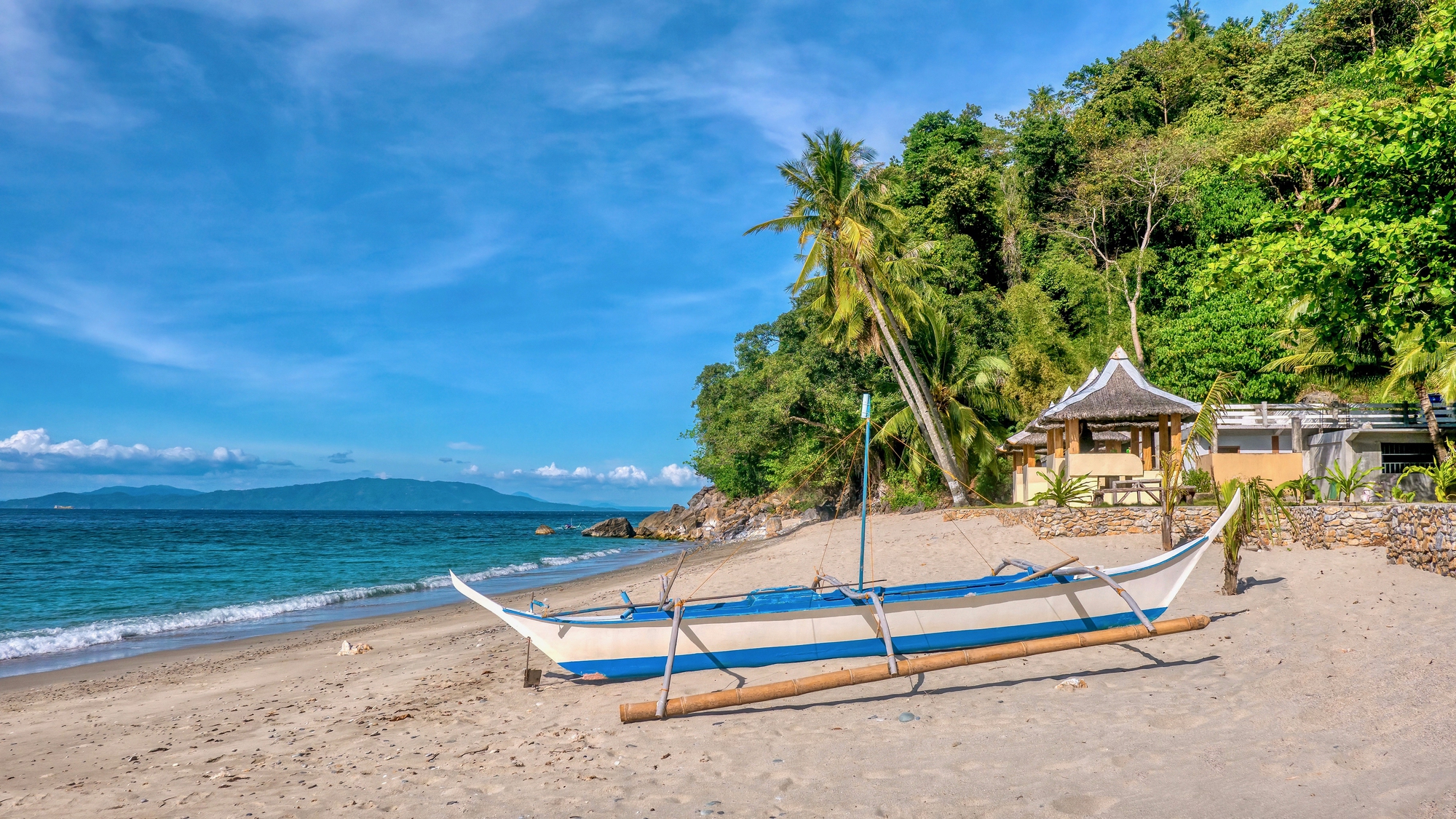
Filipinos demonstrate extraordinary hospitality driven by the cultural value of ‘pakikisama’ (companionship/getting along). They actively engage visitors with remarkable English proficiency and genuine curiosity about foreign guests, which creates opportunities for authentic connections and sometimes lifelong friendships.
Thai hospitality follows more structured, professional patterns, with the famous ‘Thai smile’ and courteous service. Still, it typically maintains greater social distance between hosts and guests, mainly where language barriers exist, creating pleasant but often less deeply personal interactions.
Like Travel Pug’s content? Follow us on MSN.
The Ultimate Choice
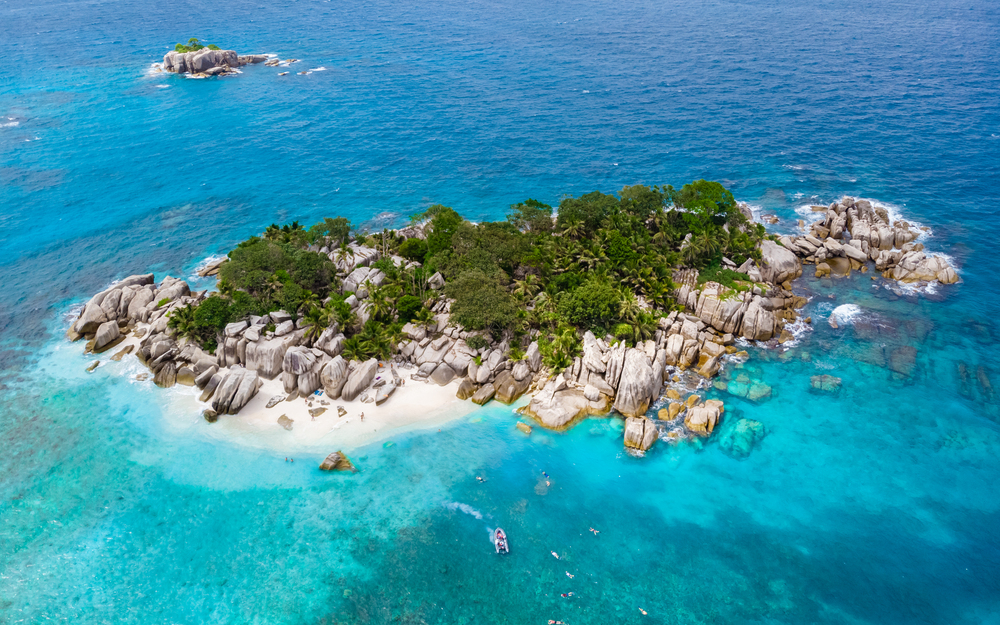
These tropical island paradises complement, not compete with each other for distinctive travel preferences and issues. Thailand offers upscale tropical sophistication with tried excellence—the ideal starting point for Southeast Asian island vacations. It has familiar infrastructure, consistent standards, and smooth-running tourism machinery, offering carefree holidays.
The Philippines rewards tourists with a thirst for even more authentic adventure. Here, the occasional logistical hassle and erratic standards are made up for by extraordinary natural beauty, breathtaking diversity, authentic cultural contact, and the feeling of discovering places that have not yet been fully opened up to mass tourism.
The fortunate tourist might find himself having both, watching how these island nations developed distinctively different strategies for opening their tropical treasures up to the world.
More from Travel Pug

- 20 Destinations That Were Once Thriving but Are Now Quietly Disappearing
- 13 Destinations Where Tourists Regularly Regret Their Trip
- 20 Once-Popular Beach Towns That Are Now Ghostly Empty
- 10 Under-the-Radar Mountain Towns That Are Both Affordable and Beautiful
- Take a ‘Learning Vacation’ in These 20 Extraordinary Places
Like Travel Pug’s content? Follow us on MSN.
